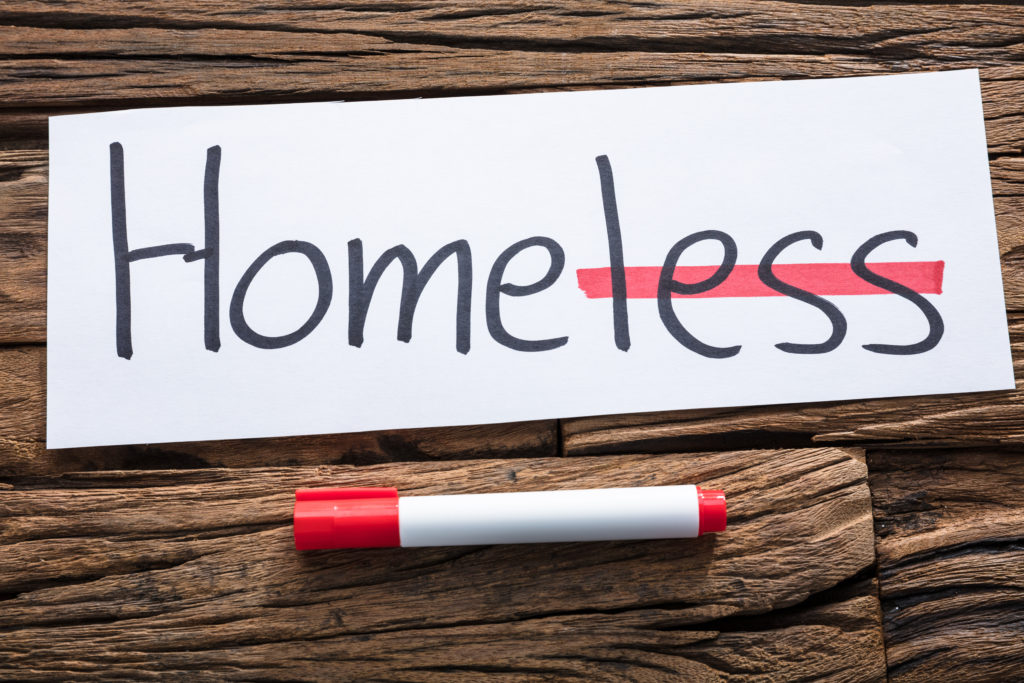The FWD #B03 • 608 Words
Last week we gave you a quick primer on permanent supportive housing. But it’s a complex topic and we feel like there’s a lot more worth saying. So let’s dive in.
Who is doing all of this PSH work?
The quick answer: a lot of people. Local Continuums of Care, community services boards, and social services departments are often the first involved in connecting individuals and families to PSH providers.
But non-profit and even for-profit housing developers build PSH across the Commonwealth. Virginia Supportive Housing and Pathway Homes are two of the largest PSH providers in Virginia that own and operate supportive housing units and provide services. Some PSH providers contract their services out to health and human services providers.
State housing agencies are also involved in PSH. In November 2018, Governor Northam signed Executive Order 25, which outlined the administration’s affordable housing priorities. What’s first on the list?
“Increase the supply of permanent supportive housing.”
The Commonwealth has multiple programs to help address this priority, including the Affordable and Special Needs Housing Program through the Department of Housing and Community Development, and programs through the Department of Behavioral Health and Developmental Services (e.g., SRAP and PSH-SMI). Virginia Housing’s Low-Income Housing Tax Credit (LIHTC) program allocates tax credits specifically for the development of PSH units in their Accessible Supportive Housing (ASH) Pool.
But what about Rapid Re-Housing and Transitional Housing?
It’s really all in their names. With PSH, housing assistance has no limit on the time a household can stay as long as they are eligible. It’s the most intensive housing model and is mainly targeted to those with the most severe housing and service needs.
Rapid Re-Housing (RRH) is typically for those who have less severe needs—often those who experience non-chronic homelessness. With RRH there is a time limit that can be short-term (less than three months) or medium-term (up to 24 months). (Again, it’s all in the name.) The goal of RRH is to very quickly get people into permanent housing through housing search, relocation services, and case management.
Transitional housing (TH) is an interim solution—seeking to “transition” people experiencing sudden homelessness from temporary housing to permanent housing by getting them “housing ready.” While this seems very similar to RRH, it is different. TH is more focused preparing people for long-term housing through services like workforce training, substance use treatment programs, etc. before finding permanent housing, while both PSH and RRH are continuously focused on housing first regardless of housing readiness.
All of these housing types are part of a greater continuum. Remember, no single solution is enough to meet the needs of all Virginians. Different people need different types of housing.
Why should you care about PSH?
PSH is an evidence-based practice that contributes to ending homelessness. Research consistently demonstrates that people living in supportive housing are able to remain stably housed in their community. It also gives people with disabilities access to more appropriate and consistent healthcare that helps improve their well-being.
Not only is PSH beneficial to the people it serves, it can be beneficial to other systems that affect all of us, like healthcare and public safety. Persons experiencing chronic homelessness often seek care in emergency rooms and the wariness of community members in regards to persons experiencing homelessness often result in unwarranted 911 calls. One study in New York City found that people with disabilities who lived in supportive housing after release from incarceration were 61 percent less likely to return to incarceration one year later than those who were not offered supportive housing.
Ultimately, PSH helps break the cycle that many people in our communities face when experiencing homelessness.
What programs, policies, and issues do you find most challenging to explain to policymakers? Let us know, and your suggestions may show up in a future edition of Back to Basics.
